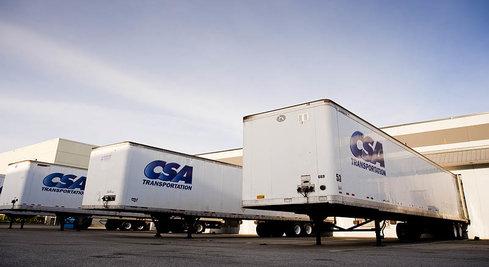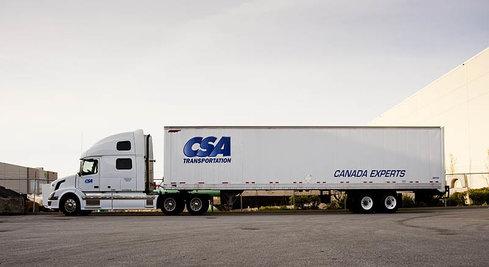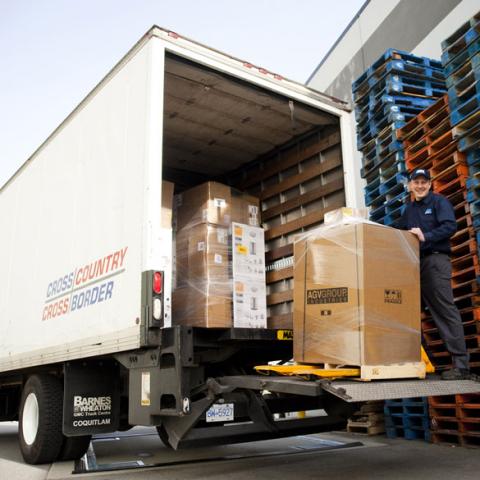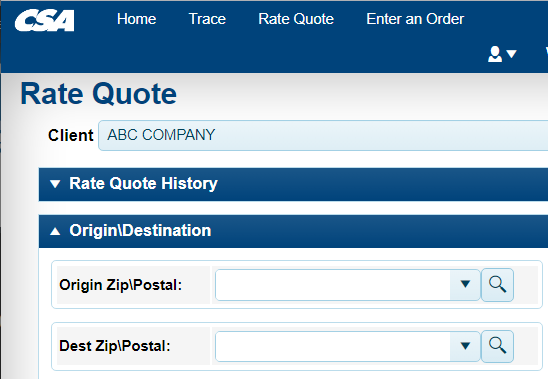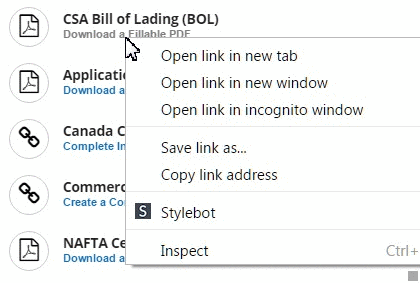What’s a full truckload?
Due to the complex regulations around what constitutes a full truck, as well as the difficulties of distributing weight correctly and minimizing damage, different TL freight companies oftentimes have different amounts of product they are willing to ship before they say a truck is “full.” But what actually constitutes a full truckload?
When shipping from the US to Canada, or anywhere for that matter, if you do not ship less than truckload (LTL) you will end up paying for an entire truck— regardless of whether or not the truck is actually full. Perhaps you’ve encountered differing or even contradictory definitions of what a “full” truckload. Here are three common maximum limit rules:
- 44,000 lbs of product
- 2,500 cubic ft of product
- 48 standard pallets (with a 40” W x 48” L footprint)
However, when used as catchalls, these “rules" routinely result in unused trailer space, sometimes this is unavoidable but as long as a truck is packed safely and legally, much more than 44,000 lbs of product can be shipped. In fact, it may be more suitable to say the maximum for a full truckload shipment in a 53’ dry van trailer could exceed this as long as the total weight of the vehicle (fuel, driver, cargo, everything) doesn’t exceed 80,000 lbs (88,000 lbs in Canada), and as long as the weight on the individual axles doesn’t exceed legal limits.
If yours is a light product, you may run out of space before you hit your weight maximum; likewise, if the pallets are small, you may be able to stack far more than 48 pallets into the trailer. However, LTL trucking firms also take into account whether or not the product can be stacked safely without damaging it— which may further reduce the amount of product that can be safely transported in any given shipment.
When building LTL loads, planners work consider customer requirements, driver safety and transport regulation limits along with the freight on hand so that as much of the trailer is used as possible without wasting space or sacrificing service. The right mixture of freight is key; some products and pallets can be stacked, which allows trucking companies to fit more product into the trailer.
In essence, the amount of product that can be shipped on a given truck really depends on the product shape, size, weight, and of course the dimensions of the trailer, the weight of the truck, and the way it has been put together— which affect the amount of weight you can position over the axles.
You may be shipping a full truckload of freight because it is convenient and direct, or you may operate more of a just in time supply chain where pallet shipping is the norm. Either way it pays to understand the overall limitations when building your loads or when packing freight onto pallets (minimizing product overhang on the pallet and keeping product to a standard pallet footprint will help your budget), so that you can get the most out of your transportation dollars — ship with CSA to get a great price for the transportation of your goods.
